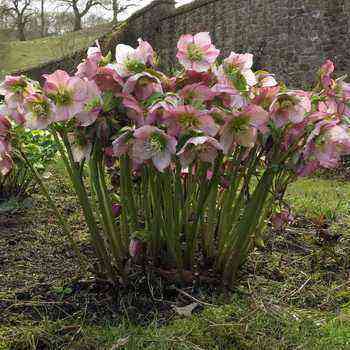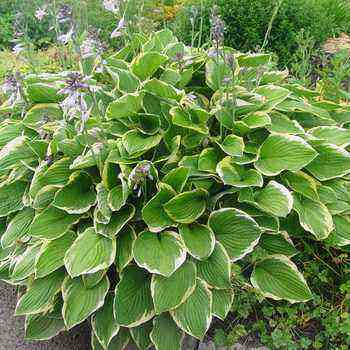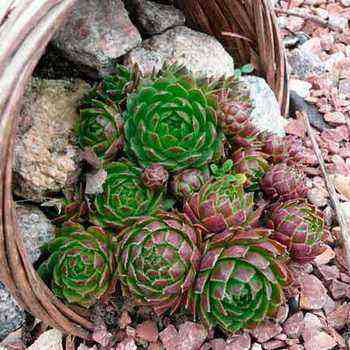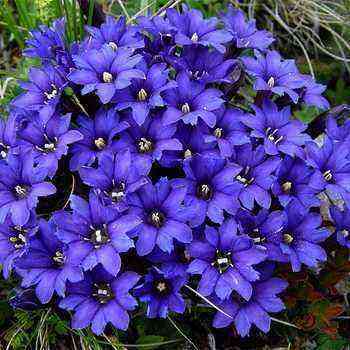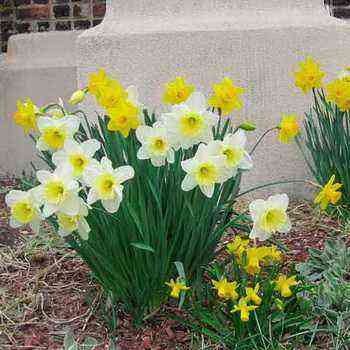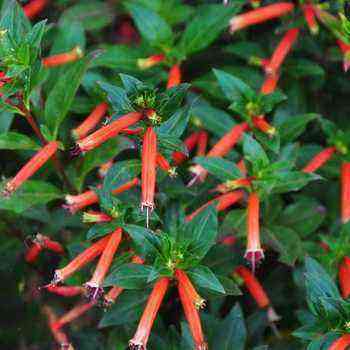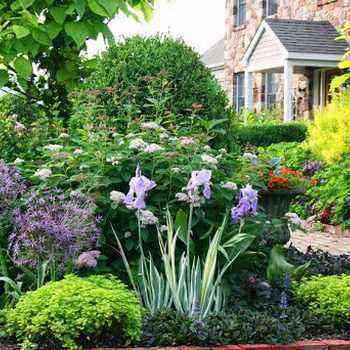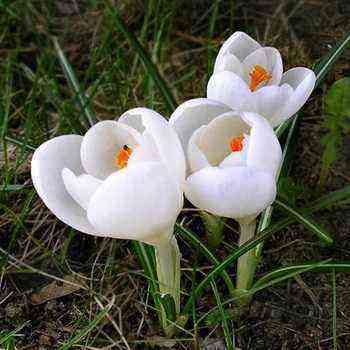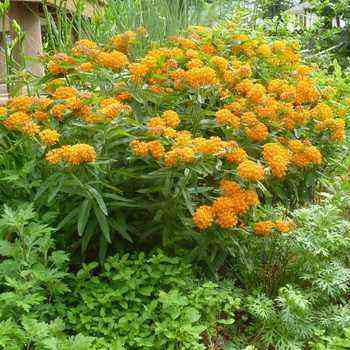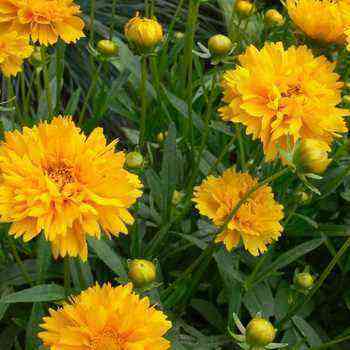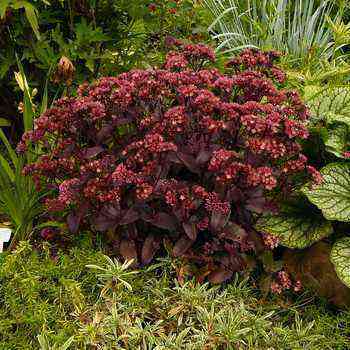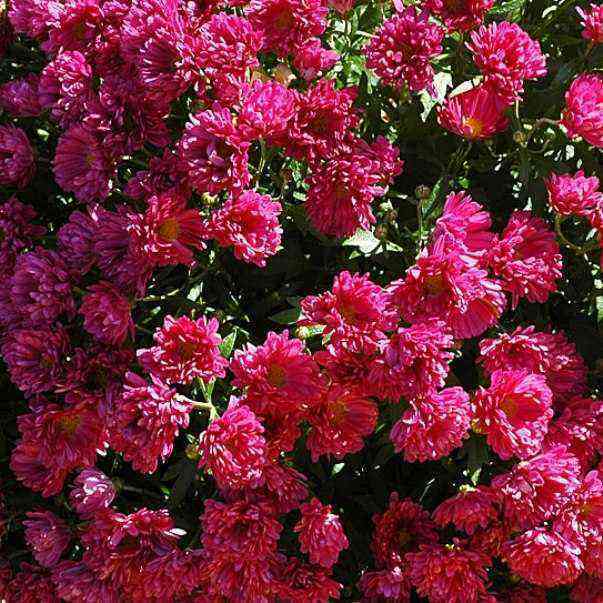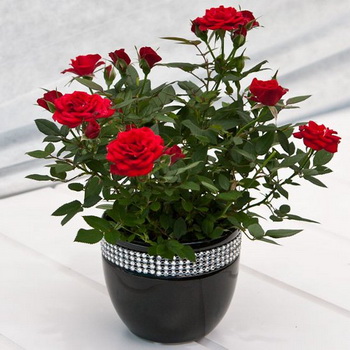 In containers, if conditions permit, you can keep almost any roses. But the most suitable plant for growing in a pot is a garden rose. These flowers take up little space, with proper care they bloom almost all year round and are unmatched in terms of flower life.
In containers, if conditions permit, you can keep almost any roses. But the most suitable plant for growing in a pot is a garden rose. These flowers take up little space, with proper care they bloom almost all year round and are unmatched in terms of flower life.
Potted roses are usually sold already in bloom. This makes it easier to choose a plant, but complicates the process of its adaptation to new conditions. We bring to your attention an article on planting and caring for miniature roses, in which you can learn how to care for a potted rose and how to grow roses in containers.
Having bought a blooming rose bush, admire the flowers and … cut them off. Do not regret – with proper care, your pet will reward you a hundredfold for this sacrifice. If there are several roses in the container, they need to be planted, if one is transplanted, since the volume and quality of the soil and soil in which you purchased the rose are intended only for transportation, and not for cultivation.
Growing roses in containers
The color and material from which the containers are made do not really matter for the plants – this is a matter of the owner’s taste. But some recommendations are still pertinent: in the garden, it is advisable to use massive, stable containers for roses (ceramic or other heavy material); o metal containers should be discarded, as they heat up too much in the sun, which is harmful to plants. Light containers made of dark plastic are suitable for dropping into the ground; in a city apartment, white plastic pots will make the winter garden lighter and, without distracting attention, accentuate the color and graphics of the plants.
The bush must not be overloaded with a lump of earth, but transplanted, with a complete replacement of the soil. Gently shake off or wash off the old soil from the roots and plant in a larger pot or container, filling it with ready-made Rose potting soil. It’s even better if you mix it with the fertile loam from your garden.
The soil in the pot is depleted much faster than in the garden. During flowering, water the rose not with clean water, but with a weak solution of fertilizer, and it is advisable to alternate mineral and organic dressings, and carefully monitor that the plant has enough light. Violating these conditions, you risk losing the rose.
Pot rose care
Potted roses, which after transplanting, despite the measures taken, look depressed, need to be supported using stimulants and antidepressants for plants. Water them under the root with a solution of root or heteroauxin, and spray the above-ground part with a solution of epin or another preparation of a similar action.
The “weak link” of the winter container keeping of mini rose is the fall-winter decrease in daylight hours in combination with the warmth of the apartment. Therefore, when caring for a potted rose, help the plant: create coolness or give more light, or better, both. The windowsill where the roses stand should be cool. It is even better if you have an insulated loggia or a winter garden. For good flowering, roses need a daylight hours equal to 16-18 hours. Therefore, if you want them to bloom in winter, they need to be supplemented.
Planting and caring for a miniature rose
Buying a miniature rose, lovers sometimes expect that the plant will remain very small. But imported potted roses on sale are not mature plants (although already in bloom), but rooted cuttings. If the size of the purchased bush is 5-7 cm, in an adult state it may be five to eight times larger. More often they sell abundantly flowering plants with a height of 20-25 cm and a completely adult look. Do not flatter yourself: they will still have a two-fold increase before they are fully grown.
To avoid disappointment when buying a rose, ask what size this variety reaches in adulthood. If you want the bush to retain its miniature size, when caring for a miniature rose, use inhibitors – substances that inhibit plant growth. Do not overfeed it with nitrogen – it causes rapid growth (however, it is also impossible to completely abandon nitrogen – the rosette will wither). Make sure that the rose receives enough light, otherwise it will have to reach for it.
When planting and caring for a miniature rose, do not forget that in the summer on a sunny window the roses will suffer from the heat – they need to be slightly shaded, and it is best to take them to the country. There they can be kept in a container or planted in the ground.
Roses planted in the ground can be left in the garden permanently, covering them for the winter, like garden roses, or in the fall they can be dug up and placed in containers, and in the spring they can be planted again in the ground.
Container roses in winter
If you are not planning a winter bloom of roses, potted plants can be dormant. Wintering container roses is not a problem if you have a cold, but frost-free room (basement, shed, garage, etc.). And if not? Then, on a fine autumn day, in a dry part of the garden, dig a trench (it is convenient to make it on a vegetable patch after harvesting) such a width that containers can stand freely, and depth depending on the size of the plants (if necessary, they can be cut). Lay the removed soil with rollers along the edges and tamp lightly. Cover from autumn rains with board boards, slate or iron sheets. After the onset of persistent night frosts with pruners, remove the leaves from container roses and treat them with iron or copper sulfate against fungal infections. It would be nice to process the prepared trench at the same time,
The soil in containers must not freeze. If potted roses have been outdoors, they must be tucked into a trench before the garden roses are hiding. If it is possible to preserve them until severe cold weather without freezing the earthy coma (in a barn, garage, on a veranda), you can do it later.
You need to put container roses in a trench in good weather – they should go dry for the winter. To prevent the shoots from touching the walls of the trench, they can be pulled together with twine. Cover the container trench with shields to keep moisture out. From above, the shields can be insulated (spruce branches, branches, polystyrene, boards, film), and subsequently covered with snow.
In the spring, the groundwater can be spoiled if it is high on your site. Monitor their level by looking into the well, and if it is not there, into a specially prepared control hole next to the wintering containers (of course, it must also be covered with a shield – then the appearance of moisture in it will be a signal of groundwater rise, and not snow melting). If water appears, the containers must be removed immediately.
The containers with roses taken out of the trench should be kept for several days in a cool, non-ventilated room without direct sunlight and only then exposed in the sun on the windowsill or in the garden – depending on the weather conditions and your plans.
